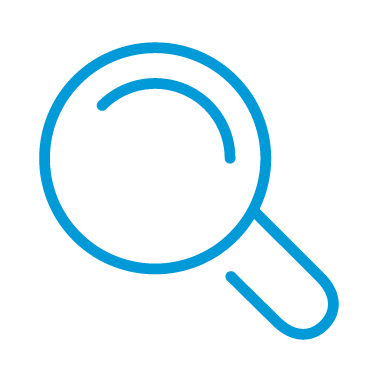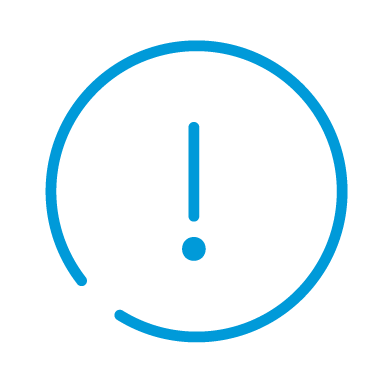Audit Focus: Critical Audit Matters
This document, which was published in November 2024, represents the views of PCAOB staff and not necessarily those of the Board. It is not a rule, policy, or statement of the Board.
PCAOB staff continues to identify a large number of deficiencies related to the auditor’s determination, communication, and documentation of critical audit matters (CAMs). This edition of Audit Focus highlights key reminders for auditors from the PCAOB standards and staff guidance related to CAMs, provides the staff’s perspectives on common deficiencies made by auditors, and shares good practices that the staff has observed.
The PCAOB has a research project focused on the communication of CAMs. That project seeks to understand why there continues to be a decrease in the average number of CAMs reported by audit firms of all sizes in their auditor’s reports over time and whether there is a need for additional guidance, changes to PCAOB standards, or other regulatory action to improve such reporting, including the information that is provided as part of the CAM reporting. Observations described within this Audit Focus are being considered by the CAMs research project team as they advance their analysis.
About the Audit Focus Series
Audit Focus is a series of PCAOB staff publications that aims to provide easy-to-digest information to auditors, especially those who audit smaller public companies. Each edition of Audit Focus reiterates the applicable auditing standards and/or staff guidance, as well as offers reminders and good practices tailored to PCAOB-registered auditors of smaller public companies – all with an eye toward protecting investors and improving audit quality.
Applicable PCAOB Standard
AS 3101, The Auditor’s Report on an Audit of Financial Statements When the Auditor Expresses an Unqualified Opinion (“AS 3101”), defines a CAM as any matter arising from the audit of the financial statements that was communicated or required to be communicated to the audit committee and that (1) relates to accounts or disclosures that are material to the financial statements and (2) involved especially challenging, subjective, or complex auditor judgment.
Common Deficiencies
When it comes to CAMs, the following are some of the common deficiencies that the PCAOB has observed on inspections of firms that audit smaller public companies:

Not analyzing, as part of the determination of potential CAMs, all matters that were communicated or required to be communicated to the audit committee and that related to accounts or disclosures that were material to the financial statements. (AS 3101.11)

Not performing any procedures to determine if there were any CAMs in the audit of the current period’s financial statements. (AS 3101.11)

Not taking into account certain required factors in determining whether or not one or more matters were CAMs. (AS 3101.12)
.png?sfvrsn=712ee1b8_1)
Not including a description of the principal considerations that led the auditor to determine that the matter was a CAM. (AS 3101.14)
.png?sfvrsn=fb039341_0)
Not accurately describing how the CAM was addressed in its audit. (AS 3101.14)
Reminders
The determination, communication, and documentation of CAMs is done every year in connection with the current-period audit. Depending on the circumstances, some matters may be CAMs each year, while others may be CAMs in a single period or intermittently.
Determination of CAMs
A CAM is required to relate to accounts or disclosures that are material to the financial statements, and there are several ways that a CAM may relate to such accounts or disclosures.
A CAM may relate to a component of an account or disclosure that is material to the financial statements, rather than the entire account or disclosure in the financial statements.
A CAM may relate to many accounts or disclosures and have a pervasive effect on the financial statements.
In most audits, it is expected that the auditor would determine that at least one matter involved “especially challenging, subjective, or complex auditor judgment,” and be communicated in the auditor’s report as a CAM.
The following are some factors that auditors should take into account, alone or in combination, when determining whether a matter involved “especially challenging, subjective, or complex auditor judgment”:
- The auditor's assessment of the risks of material misstatement, including significant risks.
- The degree of auditor judgment related to areas in the financial statements that involved the application of significant judgment or estimation by management, including estimates with significant measurement uncertainty.
- The nature and timing of significant unusual transactions and the extent of audit effort and judgment related to these transactions.
- The degree of auditor subjectivity in applying audit procedures to address the matter or in evaluating the results of those procedures.
- The nature and extent of audit effort required to address the matter, including the extent of specialized skill or knowledge needed or the nature of consultations outside the engagement team regarding the matter.
- The nature of audit evidence obtained regarding the matter.
In addition to these listed factors, the auditor should also take into account other factors specific to the audit.
For further guidance and examples regarding CAM determination, see “Implementation of Critical Audit Matters: A Deeper Dive on the Determination of CAMs.”
Documentation of CAMs
The audit documentation is required to be in sufficient detail to enable an experienced auditor, having no previous connection with the engagement, to understand the determinations made to comply with the provisions of AS 3101.
For each matter that (1) was communicated or required to be communicated to the audit committee and (2) relates to accounts or disclosures that are material to the financial statements, the auditor must document in the workpapers whether or not the matter was determined to be a CAM (i.e., involved especially challenging, subjective, or complex auditor judgment) and the basis for such determination.
Good Practices
We have observed the following good practices that audit firms who audit smaller public companies have implemented in the area of CAMs:

Audit Firm Guidance, Training, and Tips – Audit firms provide guidance, training and tips on how engagement teams can use the practice aids to avoid common pitfalls.
.png?sfvrsn=8e1daafe_1)
Use of Practice Aids – Audit firms use practice aids to capture (1) all matters communicated, or required to be communicated, to the audit committee (including during planning and throughout the audit), and (2) the CAM determination factors outlined in AS 3101.12, to guide the CAM determination process. These practice aids are only helpful if designed and used appropriately.

Involvement of Other Firm Personnel – Audit firms involve personnel other than the engagement team and the engagement quality reviewer to review draft CAMs and provide their perspectives on the completeness, accuracy, and specificity to the particular audit instead of using boilerplate language.
Additional Resources
To learn more about the implementation of CAMs, please visit the Auditor Reporting implementation resources page.

